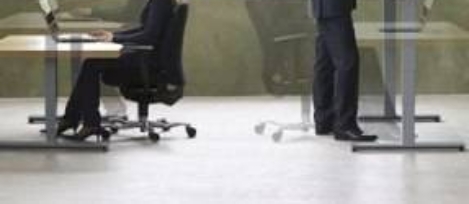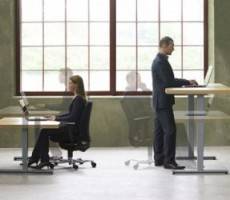February 22, 2016
Commercial property costs organisations more than commonly supposed 0
 The British Council for Office (BCO) has released a new report which questions the commercial property industry’s commonly ‘accepted wisdom’ that if you break down overall business operation costs, 80 percent of the total goes on salaries and 10 percent on property, with other expenses making up the rest. The BCO’s analysis has found that a more realistic split is 55 percent (salaries), 15 percent (property) and 30 percent (other business costs). So while salaries continue to dominate overall costs, property and non-property business costs play a greater role than the commonly received idea. The BCO believes this clearer understanding of how much property represents of overall business costs will now change, influence and underpin business decisions. This new analysis may also have an impact on rental forecast and could also affect the impact of changing business rates – affecting what organisations may be able to afford.
The British Council for Office (BCO) has released a new report which questions the commercial property industry’s commonly ‘accepted wisdom’ that if you break down overall business operation costs, 80 percent of the total goes on salaries and 10 percent on property, with other expenses making up the rest. The BCO’s analysis has found that a more realistic split is 55 percent (salaries), 15 percent (property) and 30 percent (other business costs). So while salaries continue to dominate overall costs, property and non-property business costs play a greater role than the commonly received idea. The BCO believes this clearer understanding of how much property represents of overall business costs will now change, influence and underpin business decisions. This new analysis may also have an impact on rental forecast and could also affect the impact of changing business rates – affecting what organisations may be able to afford.



































February 15, 2016
The death of the office meme does not fit with a thriving property market 0
by Mark Eltringham • Comment, Flexible working, Property, Workplace design
(more…)